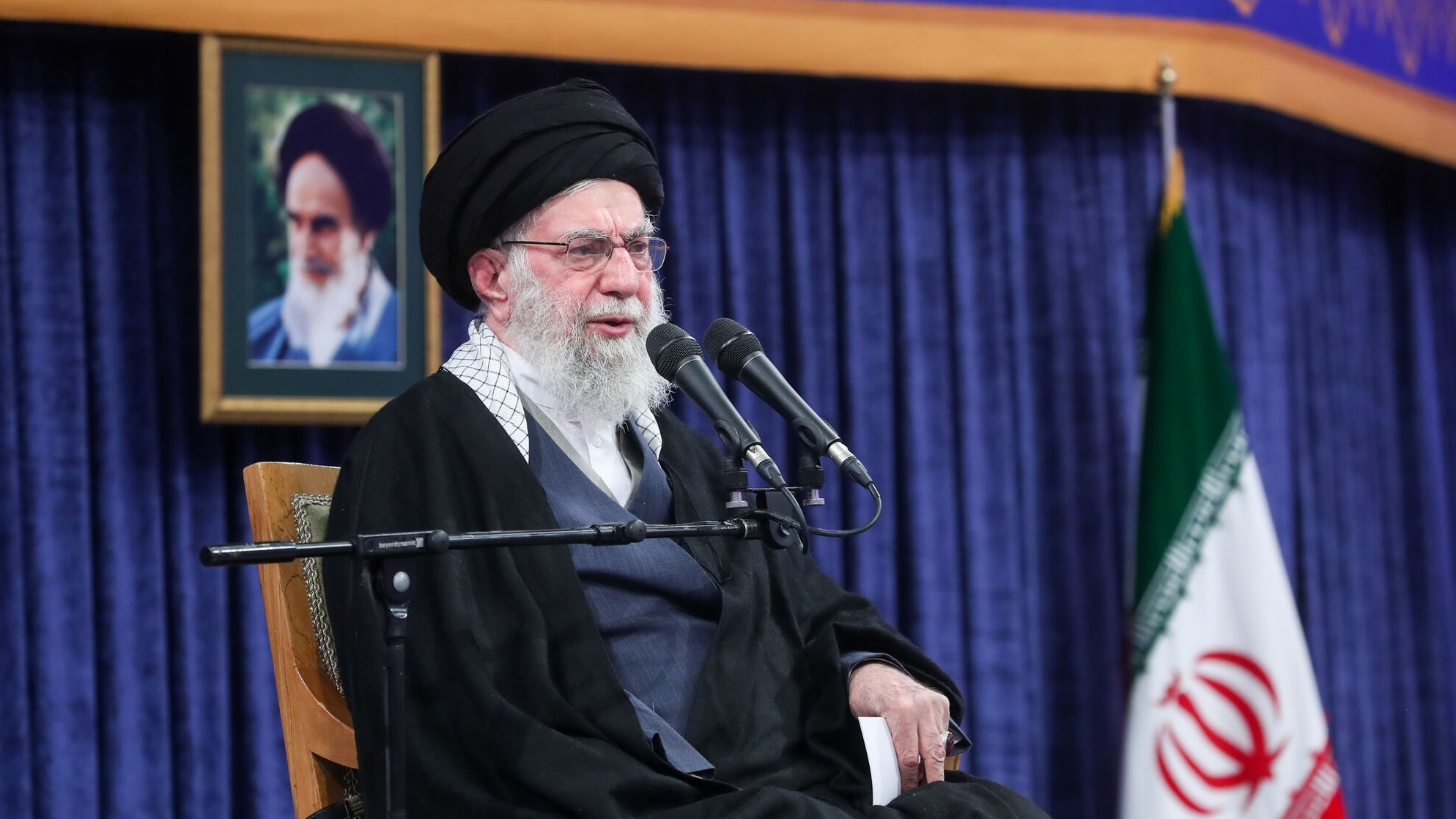Living on the streets
Understanding what's driving homelessness in America

West Coast cities have booming economies but neighborhoods that are filled with homeless people. Why? Here's everything you need to know:
How bad is it?
A tragic paradox is on display in Los Angeles and San Francisco: Their economies are vibrant, and legions of wealthy young professionals spend small fortunes on food, cars, and other consumer goods. Yet in some neighborhoods, people live as if in Third World slums. In L.A., tent cities line freeway underpasses, armies of rats stoke fears of disease, and thousands of homeless people share a dozen toilets. In San Francisco, drug needles and garbage line the streets, and the city employs four full-time workers to sweep up feces. Throughout the nation, according to the Department of Housing and Urban Development, the homeless population has been relatively stable in recent years, with about 550,000 Americans living without homes. California accounts for 12 percent of the U.S. population but a quarter of its homeless, and it's getting worse: Los Angeles County's homeless population jumped 12 percent this year, to nearly 59,000, while San Francisco's homeless count grew 17 percent over the past two years, to about 8,000 — nearly 1 percent of the city's population.
The Week
Escape your echo chamber. Get the facts behind the news, plus analysis from multiple perspectives.

Sign up for The Week's Free Newsletters
From our morning news briefing to a weekly Good News Newsletter, get the best of The Week delivered directly to your inbox.
From our morning news briefing to a weekly Good News Newsletter, get the best of The Week delivered directly to your inbox.
What's driving the problem?
Homelessness is a complex phenomenon with many causes, including mental illness and drug addiction. But the primary factor in California is the skyrocketing cost of housing. Over the past six years in L.A., the median household income grew 23 percent, while the median rent increased 67 percent. An Angeleno must earn $47.52 an hour — more than triple the minimum wage — to afford the average monthly rent of $2,471. As a result, one-third of renters qualify as "severely rent burdened," meaning they spend at least half of their income on housing. In those circumstances, an unexpected cost or job loss can quickly result in people failing to pay the rent and landing on the street. For every 2 percent increase in L.A. rent, 4,227 people are likely to become homeless, according to the real estate database Zillow. In Oakland, one of the Bay Area's most rapidly gentrifying cities, homelessness has exploded by 47 percent since 2017. Across the bridge in San Francisco, the median one-bedroom apartment now rents for $3,690 per month.
Are there other factors?
The cities' temperate climates make it possible for people to live outdoors. Spending nights on the street can be nearly impossible during New York City's cold winters, which helps explain why just 5 percent of the city's homeless population is unsheltered. (The Big Apple houses more than 61,000 people every night in about 745 shelters.) Seventy-five percent of L.A.'s homeless are unsheltered, as are about 70 percent in San Francisco. San Francisco recently designated a city-owned parking lot for people living out of vans and RVs, allowing them to stay in this "triage lot" for up to 90 days. In 2007, Los Angeles officials agreed to stop enforcing an ordinance banning sleeping on the sidewalk. That allows as many as 10,000 people to live in the 50-block district known as Skid Row, a dystopian encampment where assaults and robberies run rampant.
A free daily email with the biggest news stories of the day – and the best features from TheWeek.com
What is the impact of drug use?
Drug abuse can be either a cause or a consequence of homelessness. Some people lose jobs and homes because of addiction, while others land on the street first and become drug abusers to blot out the shame and misery of their lives. That's why dealers brazenly target homeless encampments. In Seattle, city officials say that the majority of homeless people are hooked on opioids. Among the unsheltered, 80 percent are believed to have a substance-abuse disorder. In Los Angeles, some homeless people smoke crystal meth to stay awake at night so they can fend off thieves and assailants. San Francisco employs a crew to pick up used syringes 12 hours a day, collecting more than 140,000 in the past year.
What can be done?
Municipalities already are spending a lot of money on the problem. Private and public organizations in the Seattle metro area spend $1 billion each year fighting homelessness — nearly $88,000 for every homeless person. Last year Los Angeles spent $619 million to bring 20,000 people off the streets, largely thanks to a sales tax passed in 2017. A year earlier, L.A. voters overwhelmingly approved raising property taxes to generate $1.2 billion for 10,000 new housing units. Willingness to spend, however, is half the battle. Building low-income housing always generates powerful "not in my backyard" opposition among existing homeowners, who fear it will hurt their property values. But without many more affordable apartments, homelessness can't be reduced. "Housing is an inescapable, unavoidable part of the solution," said University of California, San Francisco professor Dr. Margot Kushel, one of the nation's top experts on homelessness. She says that is no less true for people with substance abuse or mental health problems. "It makes treatment so, so, so difficult — bordering on impossible — if people are living on the street."
The era of 'hostile architecture'
Business owners in Los Angeles are adopting aggressive tactics to keep the homeless away from camping out near their front doors. Some are putting large arrays of cactus plants, thorny rosebushes, and even metal spikes on the sidewalks. Peter Mozgo, operator of downtown L.A.'s Hungarian Cultural Alliance, says dozens of homeless people began congregating outside his building, which happens to be next to a food bank. Potential clients would tell him, "I'm sorry, I really like your place, but the street is unacceptable." So, without bothering to get a permit, Mozgo bought 140 large planter boxes, filled them with dirt, and arranged them around his building to prevent people from sleeping on the sidewalk. In cities plagued by street dwellers, "hostile architecture" is increasingly used to drive the homeless away: benches with extra armrests to prevent lying down, boulders placed under bridges, grates raised off the ground. Chris Homandberg, an activist for the homeless in L.A., says getting people "out of sight" does nothing to fix the problem. He cites a sidewalk outside a Catholic church where someone planted a thorny bush. "There's some metaphor there about a crown of thorns," he said.
-
 Iran’s government rocked by protests
Iran’s government rocked by protestsSpeed Read The death toll from protests sparked by the collapse of Iran’s currency has reached at least 19
-
 Trump says US ‘in charge’ of Venezuela after Maduro grab
Trump says US ‘in charge’ of Venezuela after Maduro grabSpeed Read The American president claims the US will ‘run’ Venezuela for an unspecified amount of time, contradicting a statement from Secretary of State Marco Rubio
-
 Political cartoons for January 5
Political cartoons for January 5Cartoons Monday’s political cartoons include drug lords, AI consuming the news, and more
-
 Walter Isaacson's 'Elon Musk' can 'scarcely contain its subject'
Walter Isaacson's 'Elon Musk' can 'scarcely contain its subject'The latest biography on the elusive tech mogul is causing a stir among critics
-
 Welcome to the new TheWeek.com!
Welcome to the new TheWeek.com!The Explainer Please allow us to reintroduce ourselves
-
 The Oscars finale was a heartless disaster
The Oscars finale was a heartless disasterThe Explainer A calculated attempt at emotional manipulation goes very wrong
-
 Most awkward awards show ever?
Most awkward awards show ever?The Explainer The best, worst, and most shocking moments from a chaotic Golden Globes
-
 The possible silver lining to the Warner Bros. deal
The possible silver lining to the Warner Bros. dealThe Explainer Could what's terrible for theaters be good for creators?
-
 Jeffrey Wright is the new 'narrator voice'
Jeffrey Wright is the new 'narrator voice'The Explainer Move over, Sam Elliott and Morgan Freeman
-
 This week's literary events are the biggest award shows of 2020
This week's literary events are the biggest award shows of 2020feature So long, Oscar. Hello, Booker.
-
 What She Dies Tomorrow can teach us about our unshakable obsession with mortality
What She Dies Tomorrow can teach us about our unshakable obsession with mortalityThe Explainer This film isn't about the pandemic. But it can help viewers confront their fears about death.